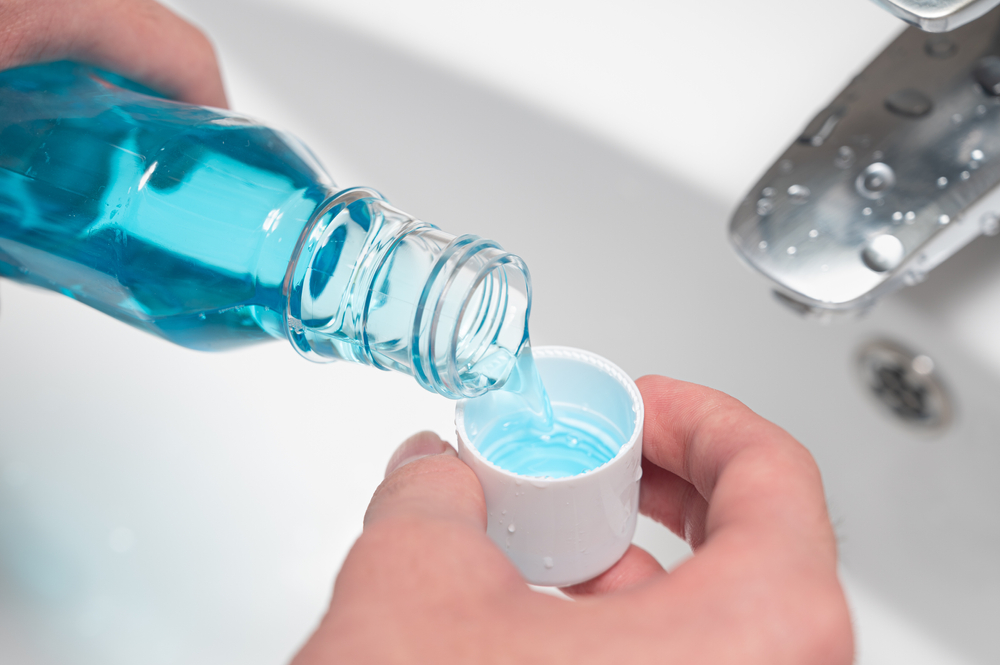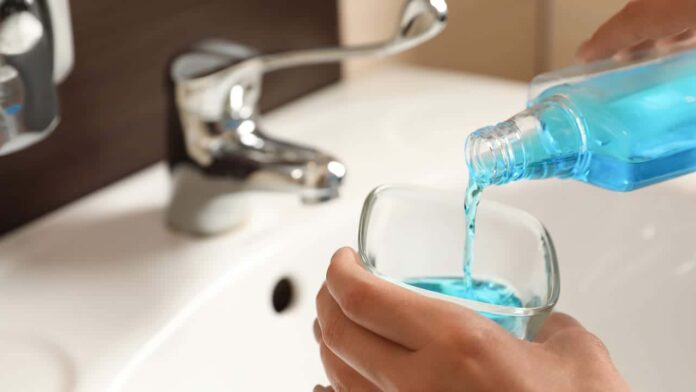Bad breath can ruin a first impression, whether at a meeting, date, or casual conversation. If you’ve ever hesitated before speaking because of that lingering taste in your mouth, this guide is for you.
Let’s explore practical ways to choose a product that works, so you can confidently show off your smile without second-guessing your breath.
Key Points:
- Choose alcohol-free formulas for gentler oral care.
- Opt for mouthwashes with antibacterial ingredients for better odor control.
- Look for options targeting dry mouth to keep hydration levels up.
- Balance natural and chemical ingredients based on personal preference.
- Focus on long-term habits, like hydration and diet, to improve breath quality.
Why Bad Breath Sticks Around

Stale breath isn’t always about what you ate—it’s often caused by bacteria. Food particles stuck between your teeth or on your tongue are magnets for these odor-causing organisms. As they break down the food, they release sulfur compounds responsible for bad breath.
Other factors include dehydration, skipping meals (which reduces saliva production), and consuming sugary foods. Dryness in your mouth allows bacteria to thrive, worsening the situation. Understanding the root cause of bad breath helps you pick the right solution.
The key lies in combining habits: regular brushing, flossing, tongue cleaning, and a well-chosen mouthwash. When used as part of a broader oral hygiene routine, mouthwash becomes your trusted partner in keeping bad breath at bay.
Sometimes, you need a fast solution without the hassle of carrying a bottle. That’s where products like mouth freshener mints come into play. They fit easily into your pocket, provide instant freshness, and keep your mouth hydrated.
They’re perfect for last-minute meetings, dates, or anytime you need an oral pick-me-up.
What to Look for in a Mouthwash
Choosing the right mouthwash isn’t just about grabbing the first bottle you see. Different formulas cater to different needs, so knowing what to prioritize can save you time and frustration.
- Alcohol-free formulas ─ Alcohol-based mouthwashes provide a strong, minty kick, but they can also dry out your mouth. That dryness encourages bacteria to multiply, which defeats the purpose. Alcohol-free products are gentler, especially for those with sensitive gums or chronic dry mouth.
- Antibacterial ingredients ─ If you’re dealing with persistent odor, check the label for antibacterial agents like chlorhexidine or cetylpyridinium chloride. These ingredients effectively eliminate bacteria and leave your mouth cleaner after each rinse.
- Moisturizing benefits ─ A dry mouth doesn’t just feel uncomfortable—it contributes to bad breath. Look for moisturizing ingredients like xylitol or aloe vera. They keep your mouth hydrated and help reduce odor-causing bacteria.
Natural vs. Chemical Formulas ─ What’s Best for You?

Natural ingredients like essential oils and herbal extracts are popular for their soothing properties. Peppermint oil, tea tree oil, and eucalyptus oil naturally combat bacteria while offering a refreshing taste.
Chemical-based products, on the other hand, often deliver faster results for stubborn cases of bad breath. They contain potent antibacterial agents but may cause sensitivity with prolonged use.
For a balanced approach, consider using a natural formula daily and a stronger chemical-based option for occasional needs. This combination ensures consistent freshness without overwhelming your oral environment.
Hydration and Diet ─ The Secret to Long-Term Freshness
Your hydration level plays a surprising role in maintaining fresh breath. Saliva acts as your mouth’s natural cleanser, washing away bacteria and food debris. Drinking plenty of water encourages saliva production and helps prevent dryness.
What you eat matters too. Sugary snacks and processed foods fuel bacterial growth, while crunchy fruits and vegetables like apples, carrots, and celery naturally scrub your teeth. Incorporating more of these into your meals supports fresher breath and healthier gums.
Fun fact ─ Green tea contains polyphenols that kill bacteria and neutralize sulfur compounds. A cup of unsweetened green tea can be an excellent midday refresh.
Ingredients That Make a Difference
Certain ingredients stand out for their ability to combat odor and improve oral health. Consider these when selecting your mouthwash:
- Zinc ─ Neutralizes sulfur compounds that cause bad breath.
- Chlorhexidine ─ Ideal for more severe cases, but only use under dental supervision.
- Fluoride ─ Strengthens enamel and prevents decay.
- Xylitol ─ Hydrates the mouth and protects against cavities.
- Essential oils ─ Naturally antibacterial and leave a refreshing aftertaste.
Choosing products with one or more of these ingredients ensures you’re targeting both immediate odor and long-term oral health.
How to Use Mouthwash Correctly

Using mouthwash seems straightforward, but a few tweaks to your technique can make it more effective:
- Measure the correct amount, usually one capful.
- Swish vigorously for at least 30–60 seconds.
- Focus on reaching all areas, especially around the gums.
- Avoid eating or drinking for 30 minutes afterward.
Consistency is key. Use it twice a day—once in the morning to kickstart your routine and again before bed for overnight protection.
Fresh Breath Starts with a Clean Tongue
Most people overlook the tongue when addressing bad breath. It harbors bacteria and food particles, making it a major source of odor. Using a tongue scraper daily can significantly reduce bad breath and enhance the effects of your mouthwash.
If you don’t have a scraper, a soft-bristled toothbrush works as a substitute. Gently brush your tongue after cleaning your teeth to remove the top layer of bacteria.
Why Your Oral Routine Needs Variety
Relying solely on one product for fresh breath doesn’t deliver long-term results. A multi-step routine combining brushing, flossing, tongue cleaning, and mouthwash ensures comprehensive care. Each step addresses a different aspect of your oral health, leaving no room for bacteria to thrive.
Pro tip ─ Swap your toothbrush every three months. Worn-out bristles don’t clean effectively and can harbor bacteria, undoing all your hard work.
Final Thoughts
Choosing the right product requires knowing your needs and staying consistent. Alcohol-free formulas are gentler, antibacterial ingredients tackle bacteria, and natural oils offer soothing benefits. Pair your choice with hydration, a balanced diet, and proper oral hygiene for the best results.
Confidence comes from more than a minty rinse—it’s in the habits that create lasting freshness. Make your oral care routine a priority, and you’ll never second-guess your breath again.




